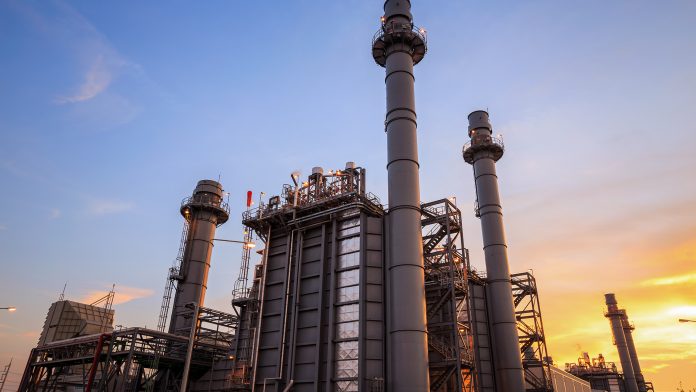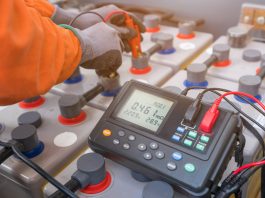Results from UK experiments on the MAST Upgrade machine at Culham Science Centre indicate a solution to one of fusion’s greatest challenges and are vital for the development of fusion power plants.
Researchers at the UK Atomic Energy Authority (UKAEA) have been successful in testing a world-first model that could overcome one of the biggest challenges in developing fusion power plants.
Preliminary findings from UKAEA’s novel ‘MAST Upgrade’ testing at Culham have exhibited the efficiency of a pioneering exhaust system intended to make compact fusion power plants commercially feasible.
With no greenhouse gas emissions and abundant fuels, fusion has the potential to play a safe and sustainable role in the world’s future energy supply.
Fusion energy is founded on the same notion by which stars create heat and light. Utilising a machine known as a ‘tokamak’, a fusion power station can heat a gas, or ‘plasma’, allowing various forms of hydrogen fuel to fuse together to emit energy that can produce electricity.
The main challenge in securing tokamaks on the electricity grid is eliminating additional heat generated during fusion reactions.
Without an exhaust system that can cope with this extreme heat, materials must be frequently replaced, which substantially affects the quantity of time a power plant could operate for.
The new method, called a ‘Super-X divertor’, would enable components in future commercial tokamaks to last for much longer, which would significantly expand the power plant’s availability, enhance its economic feasibility, and reduce the cost of fusion electricity.
Experiments at MAST Upgrade started operating in October 2020 and have highlighted at least a tenfold decrease in the heat on materials with the Super-X system.
This could have revolutionary implications for the ability to achieve fusion power plants that can provide inexpensive and efficient electricity.
MAST Upgrade is funded by the UK Government’s Department for Business, Energy & Industrial Strategy, the Engineering & Physical Sciences Research Council (EPSRC), and the EUROfusion consortium.
UKAEA’s Lead Scientist at MAST Upgrade, Dr Andrew Kirk, said: “These are fantastic results. They are the moment our team at UKAEA has been working towards for almost a decade.
“We built MAST Upgrade to solve the exhaust problem for compact fusion power plants, and the signs are that we’ve succeeded.
“Super-X reduces the heat on the exhaust system from a blowtorch level down to more like you’d find in a car engine. This could mean it would only have to be replaced once during the lifetime of a power plant.
“It is a pivotal development for the UK’s plan to put a fusion power plant on the grid by the early 2040s – and for bringing low-carbon energy from fusion to the world.”
Science Minister Amanda Solloway commented: “This is an incredible breakthrough for fusion energy in the UK. Just seven months since MAST Upgrade was powered up, it may already have found a solution to one of fusion’s greatest challenges.
“Innovative projects like this one are crucial to cementing our status as a science superpower, and I am excited to see how it develops.”
EPSRC Executive Chair, Professor Dame Lynn Gladden, added: “The UK has been a leader in the development of fusion energy for many years, strongly supported by EPSRC since the early 2000s. These first results from the MAST Upgrade project demonstrate that fusion as an energy source has the potential to radically change the world’s energy supply.”









